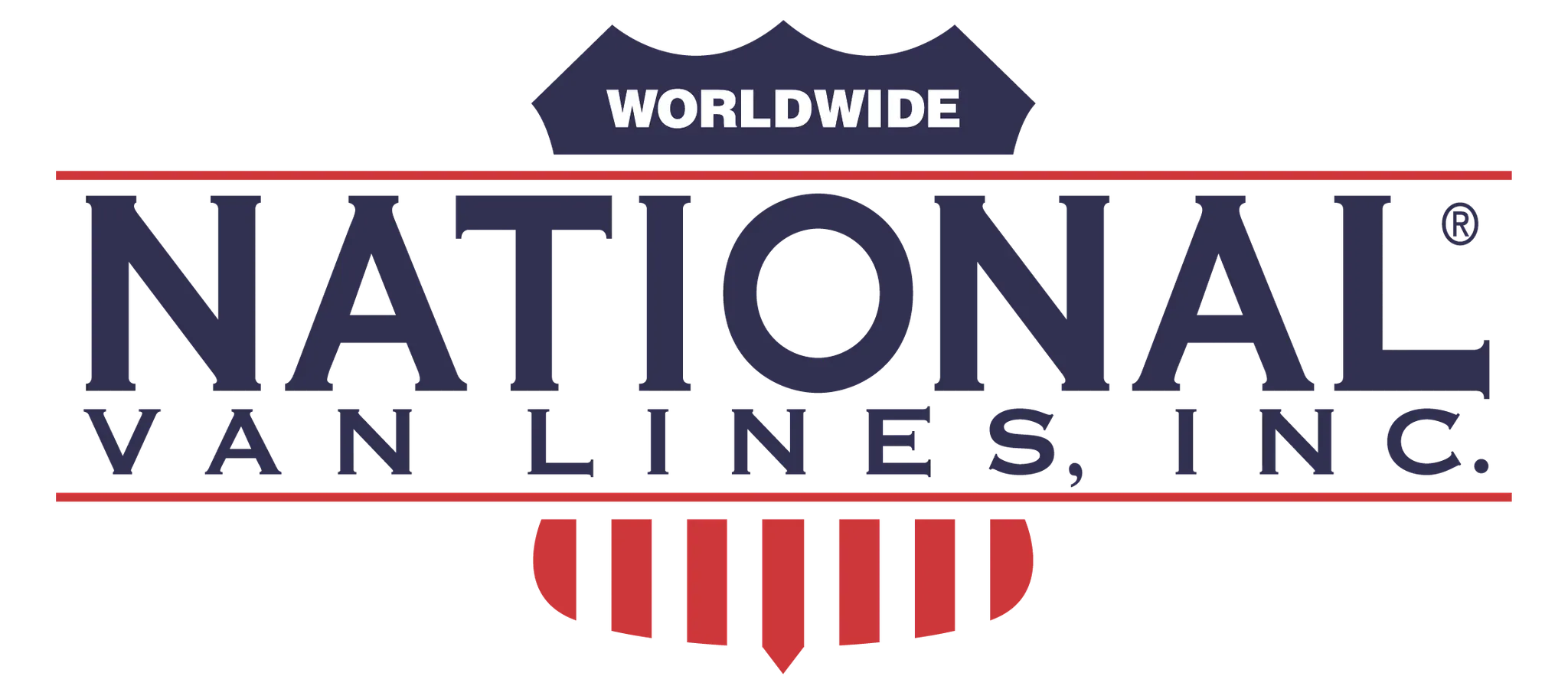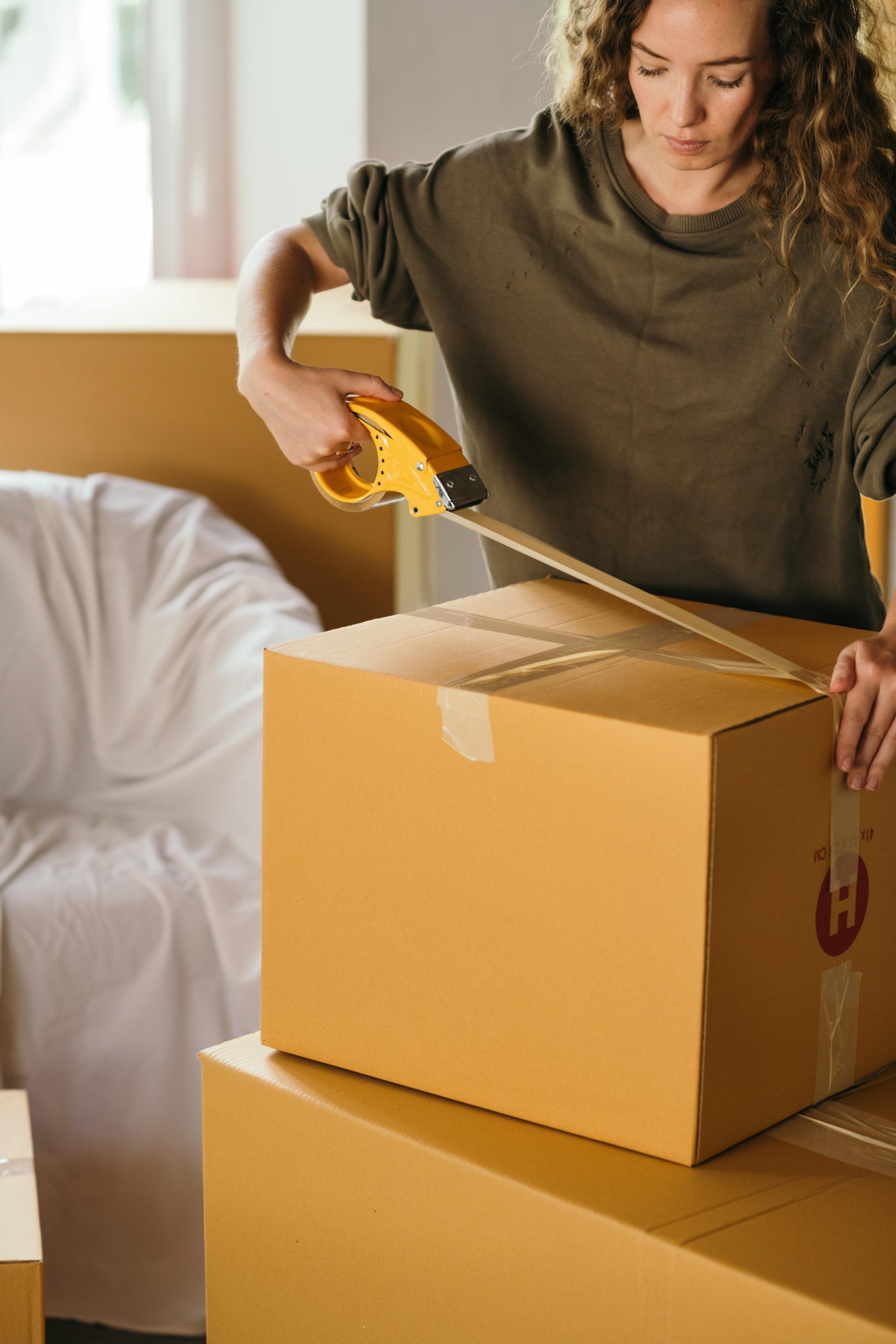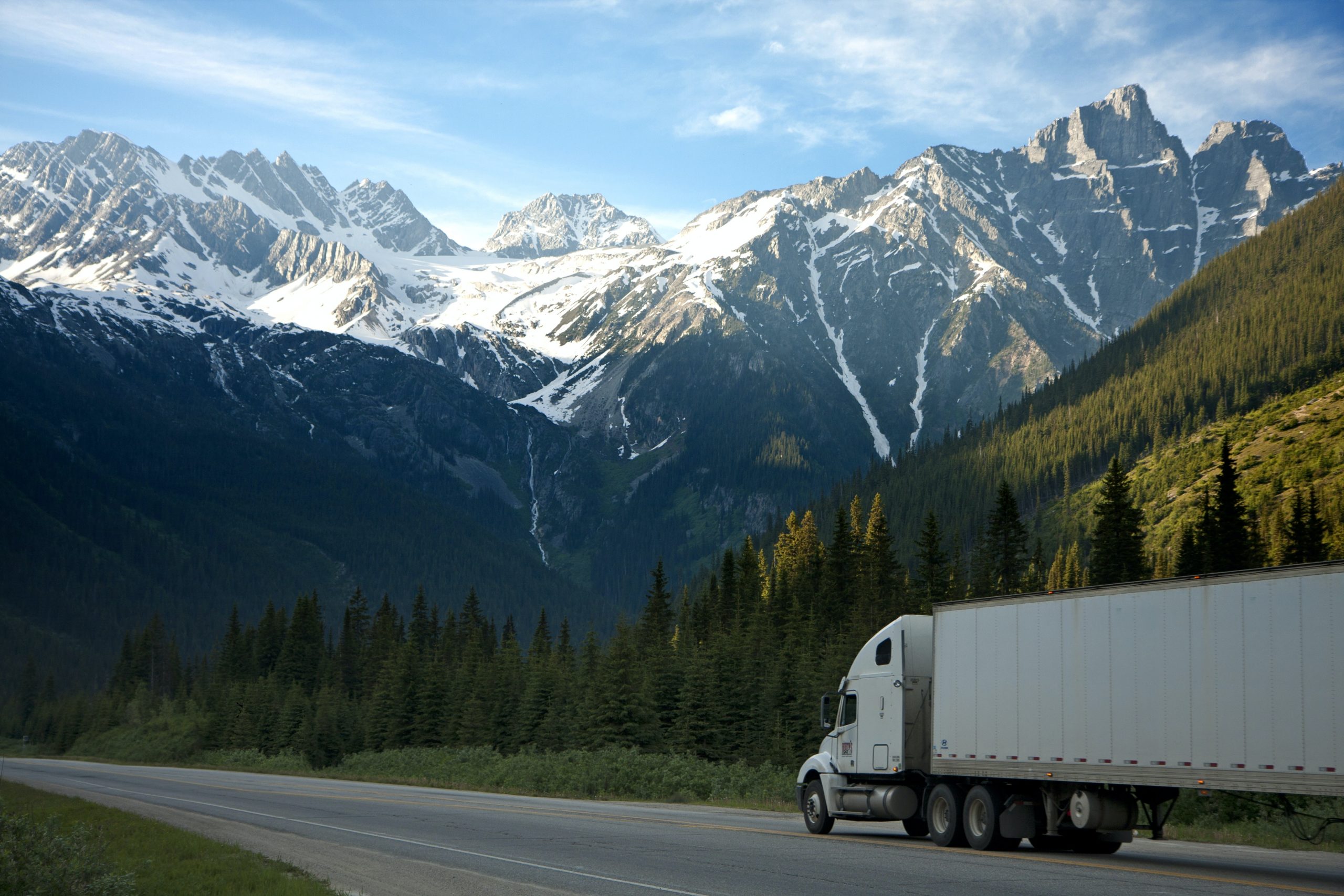Packing Tips for Moving in Tacoma, WA
Understanding the Tacoma Environment for Moving
When planning a move in Tacoma, Washington, it’s important to understand the local climate and geography. Tacoma has a mild marine climate with cool summers and wet winters, and these conditions can influence your packing choices. The city receives an average of 38 inches of rain annually, with the wettest months typically occurring between November and March.
It’s important to consider:
- Damp conditions during fall and winter
- Protecting delicate items from moisture
- Sudden weather changes
- Tacoma’s hilly terrain, which can affect moving truck access and parking
Local tip: Neighborhoods like North End and Stadium District feature steep streets that may require special considerations for moving trucks and additional manpower for carrying items.
Packing Essentials for Tacoma Weather
Because Tacoma experiences long stretches of rainy weather, it’s important to secure moisture-sensitive belongings.
Helpful strategies include:
- Use waterproof containers, like plastic totes, instead of cardboard
- Wrap electronics, books, and valuable items in moisture-resistant materials like plastic wrap or vacuum-sealed bags
- Consider placing a dehumidifier in garages or other semi-open storage areas before moving day
- Keep tarps and plastic sheeting on hand to protect furniture during loading and unloading
- Pack a “weather emergency kit” with towels and absorbent materials in case items get wet during the move
If moving during the rainy season, schedule your move during mid-day hours when precipitation is typically lighter, and have indoor staging areas ready at both locations.
Sustainable Packing Techniques
Sustainability is a core value in Tacoma, and that can extend to your packing habits. Tacoma has robust recycling and composting programs, making it easier to dispose of packing materials responsibly after your move.
Eco-friendly packing ideas:
- Choose recycled or biodegradable materials
- Reuse household items—blankets, towels, sweaters—to cushion fragile belongings
- Borrow packing materials from neighbors or community groups when possible
- Check local Facebook groups or Nextdoor for free moving boxes from recent movers
- Donate or sell packing materials after your move through BuyNothing or similar groups
Livability also suggests, “You can use old newspapers or magazine pages instead of packing paper to cushion fragile items, and they can be recycled, too.”
Labeling – The Key to Seamless Unpacking
Clear and organized labeling can make a dramatic difference on unpacking day. “Labeling boxes lets [you] know which rooms they belong in, reducing confusion when it’s time to unpack,” informs Angi.com.
Labeling best practices:
- Mark each box with its destination room rather than its original room
- Include a brief inventory of contents on the outside
- Use color-coded labels to simplify sorting
- Mark boxes containing fragile items clearly on multiple sides
- Number your boxes and maintain a master inventory list on your phone or notebook
- Add “PACK LAST, OPEN FIRST” labels to boxes containing essentials like toiletries, chargers, and basic kitchen items
Take photos of box contents before sealing, especially for boxes containing electronics or valuable items. Store these photos in a dedicated folder on your phone for quick reference.
Timing Your Move Around Tacoma’s Seasonal Changes
Tacoma’s seasonal patterns should guide your moving timeline. Understanding local patterns can help you avoid weather-related complications and potentially save money on moving services.
Ideal moving windows:
- Spring and summer: Less rain, more daylight.
- September and October: Clear weather and fewer crowds.
Avoid winter if possible due to persistent moisture and unpredictable storms. If a winter move is unavoidable, budget extra time for weather delays and consider scheduling during a dry weather window by monitoring forecasts closely.
Preparing for Long-Distance Moves from Tacoma
If you’re relocating far from Tacoma, take extra precautions to protect your belongings over long travel distances. Interstate moves require additional planning, especially when leaving Washington’s temperate climate for different weather conditions.
Long-distance packing tips:
- Use extra cushioning and secure loose items.
- Double-box fragile pieces for enhanced protection.
- Ensure boxes are tightly packed to reduce shifting during transit.
- Pack a separate “essentials box” that travels with you rather than on the moving truck
“Packing paper and honeycomb wrap are great for protecting plates, bowls, glassware, and any other delicate items,” adds the New York Times.
Final Tips for a Stress-Free Move
Packing is just one part of a smooth relocation. Logistics matter, too—especially in Tacoma.
Additional to-dos:
- Check whether you need parking permits for moving trucks
- Plan ahead for temporary storage if required—Tacoma has several climate-controlled facilities ideal for moisture-sensitive items
- Review local laws or HOA guidelines that might affect your moving plans
- Update your address within 10 days of moving
- Register for utilities services at your new address in advance
- Connect with your new neighborhood through community groups to learn local tips and resources
Final thought: Consider hiring local Tacoma movers who understand the area’s unique challenges, from navigating hilly neighborhoods to working in wet conditions. Their expertise can be invaluable for ensuring your belongings arrive safely at your new Tacoma home.
By understanding local weather, choosing sustainable materials, timing your relocation wisely, and packing strategically, you’ll be well prepared for a smooth, efficient, and stress-free move.















